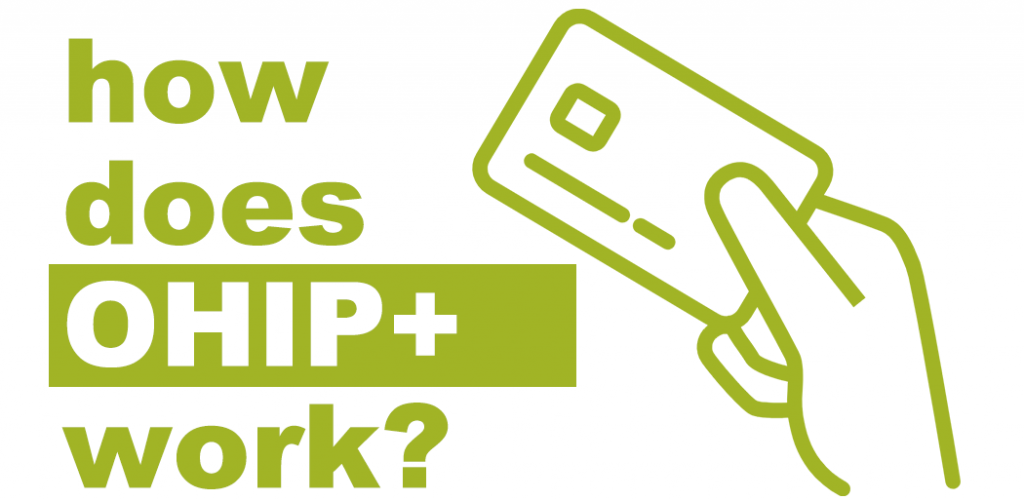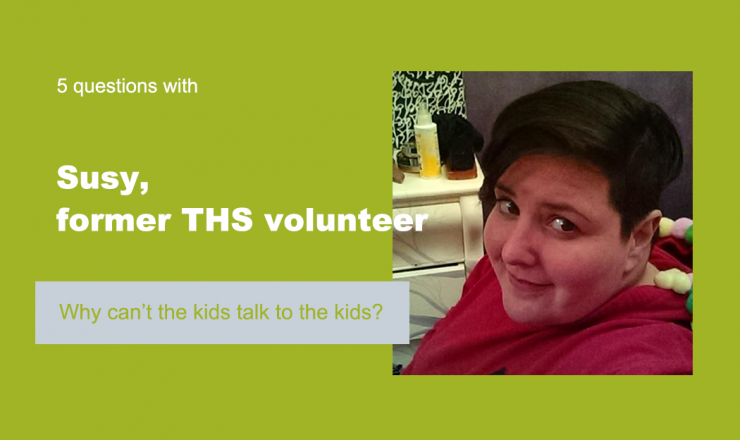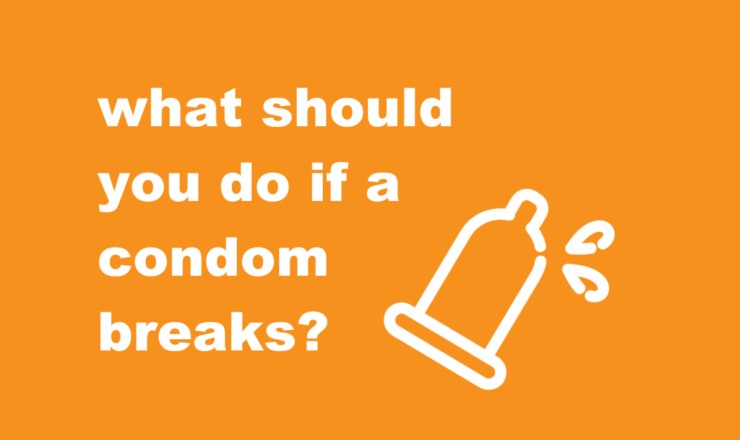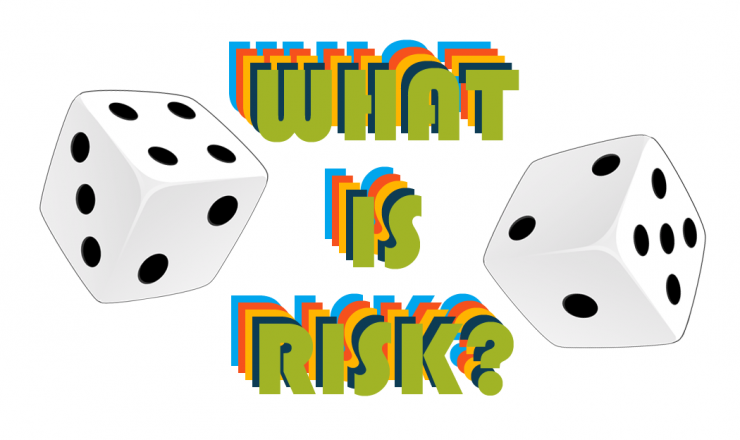

OHIP+ is a government program that aims to help cover medication costs for youth. It’s gone through some changes since it was introduced, which has caused some confusion on who it’s for and how it works. This post answers some of our more frequently asked questions about OHIP+. Please let us know if there’s still more you want to learn!
Regular OHIP covers many things, but one of the key things that it does not cover is “prescription drugs provided in non-hospital settings.” This would include prescriptions for things like birth control.
OHIP+ tries to fill this gap for youth by covering the cost of certain medications for people who are 24 years old and under and who do not have any type of private insurance coverage.
One thing to note is that not all drugs are covered by OHIP+. However, in many cases where a certain brand is not covered, a generic or no-name version is. If you know that you will be using OHIP+ to cover the costs of your medications, it might be worth telling your clinician of your plans so that they can prescribe a generic drug.
Private insurance are plans that people can purchase to cover them for things in addition to what is covered generally by OHIP. Some ways that people have private insurance include:
With private insurance, you often have to pay upfront for a medication or service, and then submit a claim to the insurance company after the fact. Sometimes a pharmacy/clinic can bill the insurance company directly if you show an insurance card or if they already have that info on file from a previous purchase.
It is worth noting that if you are covered under someone else’s private insurance, they are likely able to see any coverage claims that are made towards that plan. So for example, your parents could see whatever medications you submitted for coverage if it is under their insurance plan. This can be a barrier for youth who do not want their parents know they are using any kind of birth control.
Here’s how the government describes the process for people who do qualify for OHIP+:
There are no additional costs associated with getting your medication, and all information would stay confidential to you and your OHIP record.
For more information, please check out:
If you have any type of private insurance, you do not qualify for coverage under OHIP+. This does not affect your regular OHIP coverage.
Here’s how the process works if you do not qualify for OHIP+:
The government or the pharmacy don’t know you have coverage unless you tell them. If you forgot or were unaware that you had coverage, it’s unlikely that they would find out. In some cases the government may contact you to repay the cost of the medication, but this would not be what normally happens.
However, if you went to a pharmacy that had a record of you using insurance to cover prescriptions and of you using OHIP+, there’s a chance that your name could be highlighted in an audit as an irregularity. In this case, it is likely that you would be asked to clarify the status of your insurance and/or pay for any medications that were mistakenly charged to OHIP+. This generally would not result in a fine or any other legal consequences. If this was a regular pattern, then there could be a fraud investigation, but again, this is not what normally happens.
Insurance companies generally do not open up their records to the government unless they are assisting with an ongoing fraud investigation.
| How often are pharmacies being audited? |
| Pharmacies are being audited at random, so it’s not a regular thing at all. The government would likely be looking for a number of different irregularities (not just OHIP+ stuff). So it’s not even a guarantee that the pharmacy you visit will be audited. |
Please see the goverment’s page about OHIP+ if you have questions regarding things like the Trillium Health Benefit or if you’re enrolled in Ontario Works or the Ontario Drug Benefit Program: ontario.ca/page/learn-about-ohip-plus
If you have questions about this topic, feel free to contact one of our peer educators. [Link]
Last Updated: June 2020

Did you know that Teen Health Source has been around for 25 years! To help celebrate our 25th Anniversary, we’re checking in with some of our previous volunteers. Today we’re hearing from Susy!

This blog post goes over some options you have if and when a condom breaks in the heat of the moment.

When it comes to sex and sexual health, how do we feel about risk? What are things we can do to reduce risk of things we don’t want to happen? For the first post in our What Is Risk series we’re talking about Pregnancy Risk!